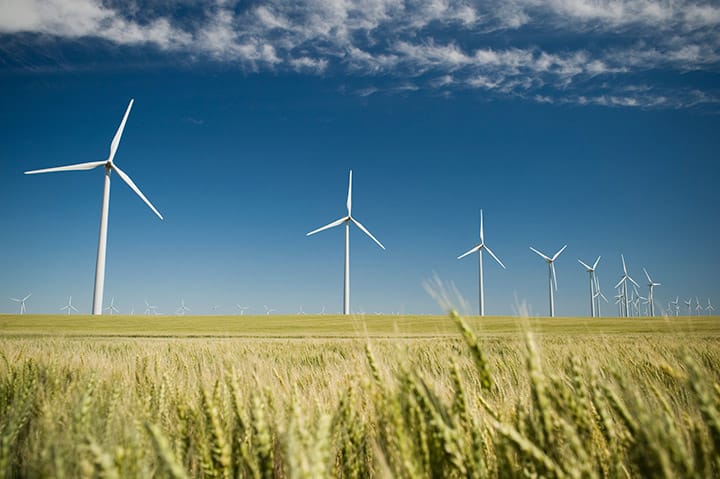
Interview with Namesh Hansjee, our Head of Trading
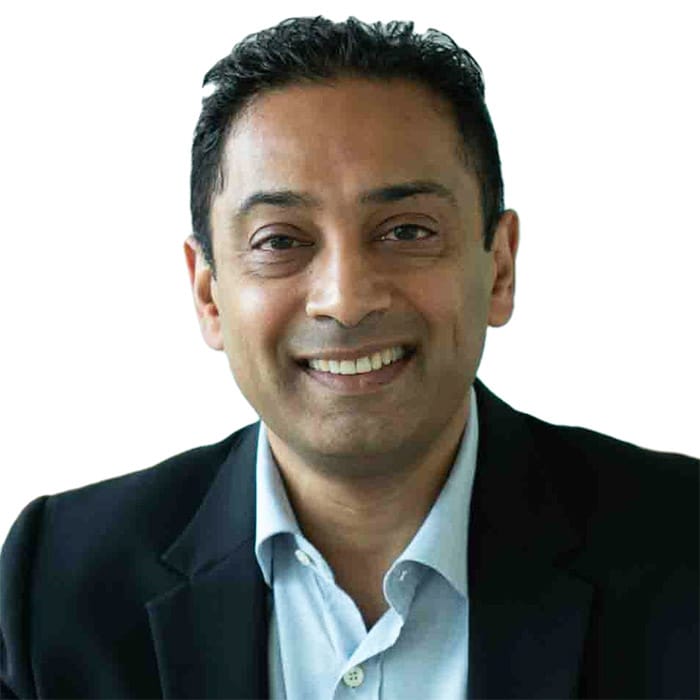
Namesh Hansjee joined Engelhart as Head of Trading in September 2023. Here, we talk to him about his career, how to build the best trading teams and the role of commodity markets in decarbonisation.
What’s been your career journey to this point?
I’ve always been involved in trading energy. I was lucky to come straight out of finishing my chemistry degree in the late 80s to join Shell as a junior oil trader.
It felt lucky because I joined at an exciting time when we were trading Brent Crude derivatives for the first time. You don’t necessarily understand that at the time, especially as a young man when everything was new, but I was just enjoying myself and learning a lot.
Looking back now, it seems a bit wild that a huge multinational like Shell would just put me straight on the trading desk out of university, but that was a sign of the times. It was all hands on deck.
It felt lucky because I joined at an exciting time when we were trading Brent Crude derivatives for the first time
And you stayed at Shell for another eight years?
Yes, I took on a few different roles in that time. I spent the first couple of years trading paper, then three years trading physical and derivative crude oil in Norway, and another couple of years trading middle distillates like jet fuel, diesel and kerosene. I left Shell around 1996 and joined JP Morgan, where I became much more focused on trading derivatives and more on the client management side. The role didn’t just give me responsibility for running a trading book but also working with a small team with a global reach across Asia and North America.
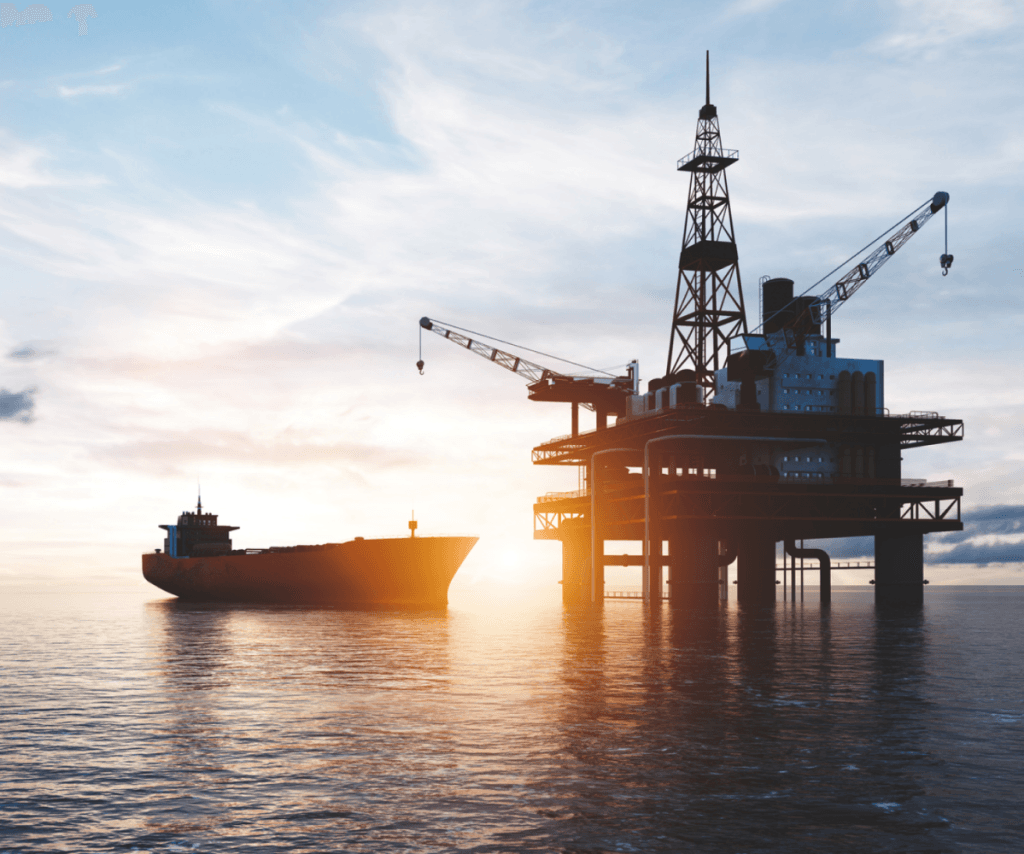
The late 90s was a turbulent time in the markets wasn’t it?
It was indeed. We had the Southeast Asian debt crisis and the Russian debt crisis, and it was still quite a formative time for global oil markets. It meant that JP Morgan shut down its energy trading desk in 1999, and I was suddenly out of work.
I took it as a signal to leave oil trading, and I took an opportunity at EDF, as they started to build a trading subsidiary. I was very lucky to be involved in the deregulation of the European gas & power markets, with markets opening & developing very quickly. That was how I began trading electricity. It was a really interesting time because our objective was to create a business spanning multiple markets, from power to gas and coal, from carbon and oil to weather. Not only did we do that, but we also expanded globally, from Europe to Asia and North America.
I joined EDF Trading as employee number 25 and left 12 years later with almost a thousand people in the business. It was a time of intense growth, but it taught me a lot.
I left to join Merrill Lynch to help rebuild their energy trading business, and that was a learning curve in a different way because it exposed me to some of the more senior decision-making at a business level. But when Merrill restructured, I was ready for another challenge and doing something different.
Eventually, you ended up working in Singapore for Sembcorp?
That was definitely the change I was looking for!
Sembcorp Industries Ltd is a big renewables player in Asia. It’s publicly traded, and I joined the executive committee, so it gave me a real insight into the complexities of that world.
I was brought in to develop their energy trading and look for opportunities in merchant renewables. Sembcorp was expanding then and bought a big business in the UK called UK Power Reserve. It meant that a lot of my focus, ironically, was back in the UK, around the clean energy transition, even though I was living in Singapore.
UK Power Reserve was, at that point, the largest owner of this new modern, flexible electricity generation, and we were looking at ways to handle the inherent intermittency in renewable energy.
I was at Sembcorp for over two years before a change in direction meant our project fell out of favour. I joined Rio Tinto in Singapore during Covid to help them build their new trading arm, focusing on decarbonisation and engaging actively in metals and minerals markets.
That’s when I heard about the opportunity at Engelhart and was intrigued by the opportunity to start a new head of trading role at a business I greatly respected.
I joined the executive committee, so it gave me a real insight into the complexities of that world
Your career has been characterised by these entrepreneurial moments when you’ve built something rather than just maintaining the status quo. Is that what attracted you to Engelhart?
Most definitely. What motivates me is the chance to build and then enjoy or benefit from the scale it brings.
I enjoy the process of creating and developing trading desks, but I also really enjoy seeing that to fruition. In my career, I’ve found that some people like the former and not the latter, but it’s the two together that really interests me.
In just three months at Engelhart, I’ve already felt you have the freedom and space to do both here.
You’ve now been head of trading since August. What does the role involve?
I’ve always thought it’s a vital role in any trading business. The primary responsibilities are creating cohesion, encouraging collaboration whilst bringing teams together and helping form a culture that leads to better decision-making and an environment where people enjoy coming to work.
Gone are the days of the lone trader working by themselves in isolation. Modern trading is about bringing people with multiple skill sets together and creating the right situation for them to thrive. Successful commodities trading is about the strength of your team, whether because of the importance of data and analytics, being able to cover markets worldwide, or understanding the interrelationship of different commodities, for example, power, gas, coal, and carbon, and how they all affect each other. The head of trading role is central to sharing and leveraging that expertise across the trading desks.
It’s also about building on the work of the individual trading desks and unifying what they’re doing under one strategic approach. That’s especially important at Engelhart because we’re part of a much bigger machine in BTG Pactual, and there are real opportunities to work closer with our colleagues there and help the wider business.
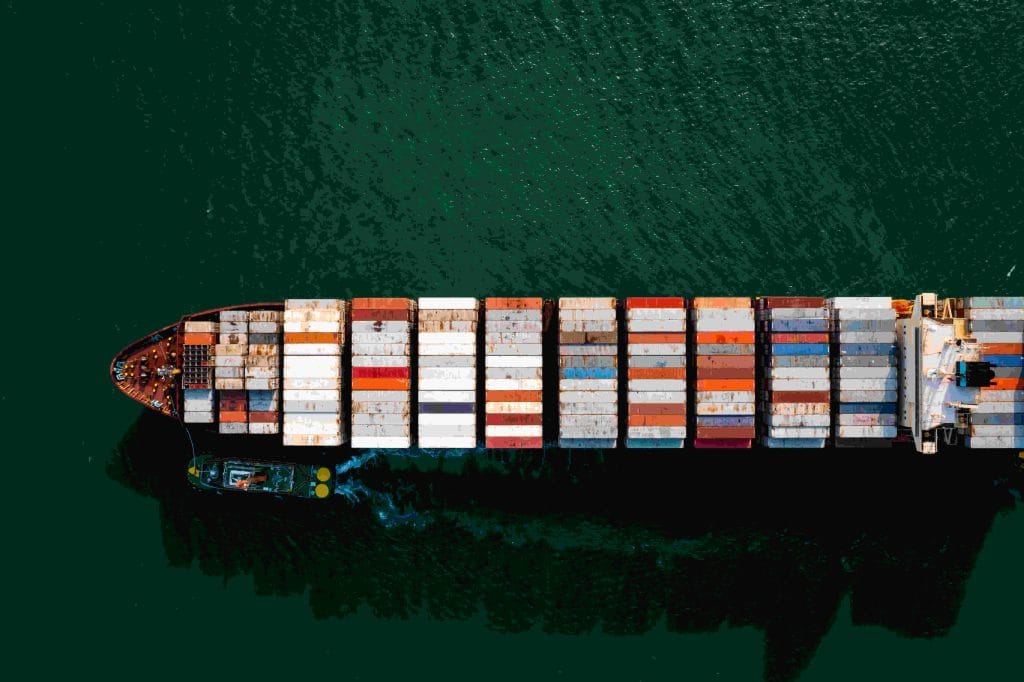
Trading is about people. Do you also see diversity and talent development as a crucial part of your role?
Absolutely. We work in an industry that has historically been a closed shop and lacks female representation at all levels. It’s been great to see some of Engelhart’s work in this area, but we can still do a lot more.
It is critical to get the attention of young talent at the start of their careers, those graduates who may not have seen commodities as a possible career. That’s why I’m excited by the internship programme we launched in November and seeing those candidates coming through. I’ve worked at some huge global organisations with well-established internship pipelines, but it’s an important signal to the industry that smaller businesses like ours can also contribute in a meaningful way.
You can find out more about our 2024 Internships by clicking here.
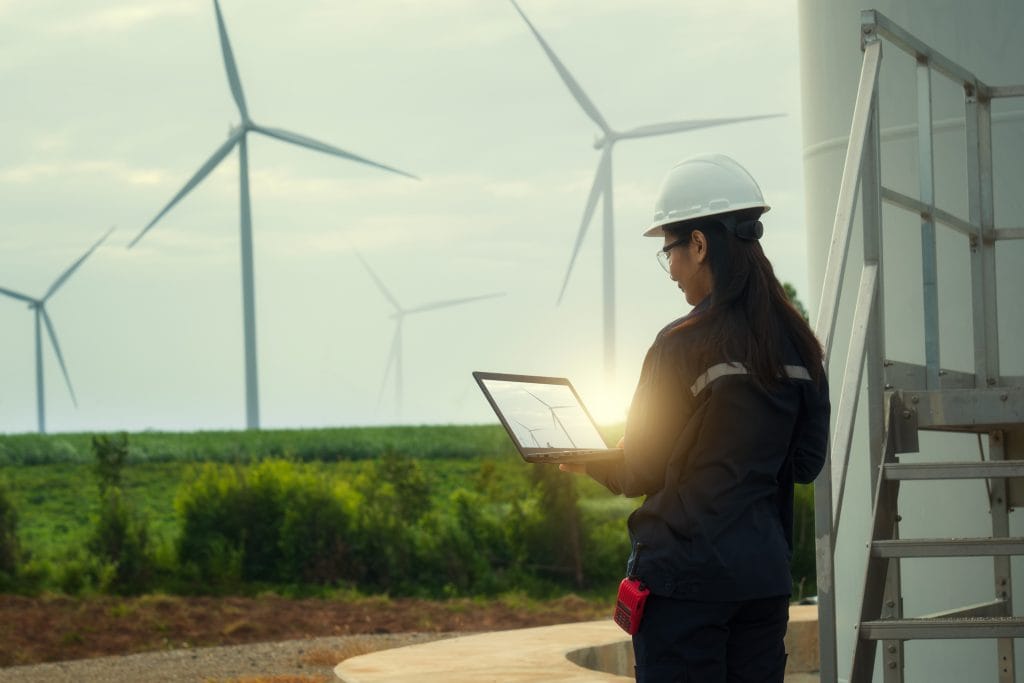
Looking at some of the broader trends impacting commodities, where are we in the commodities cycle?
It’s an interesting question. I think we spent much of the 2010s treading water, really, not much investment nor interest in the space, and then what we’ve seen in the last 2-3 years has been a bit of a perfect storm: a combination of the natural supply shortages that come from a lack of investment over time, an upswing in demand following the pandemic, and then the geopolitical disruption from the Russian invasion of Ukraine.
We’ve seen decades’ worth of factors compressed into just a couple of years, creating this catalyst for much higher prices. The higher prices have attracted more interest from external players, like banks and hedge funds.
Then, the backdrop for all that is the transition to clean energy and carbon markets, which will underpin commodities trading for generations to come.
We’ve seen decades’ worth of factors compressed into just a couple of years, creating this catalyst for much higher prices
How important do you see the role of commodities trading in decarbonisation?
It’s vital. In the last few years, we’ve seen a significant shift in sentiment, partly at the governmental level but significantly in the corporate world.
Billions of people are now seeing the impact of a changing climate with their own eyes, meaning that customers are insisting on decarbonisation to different degrees. It means businesses are looking for ways to decarbonise, not just by accessing carbon products but also by investing in clean power generation and renewables. Commodities trading certainly has a vital role in enabling that.
Take carbon markets; the price signals from those markets are fundamentally driving the behaviour change in those businesses emitting the carbon. If there’s a cost associated with it, then it incentivises or disincentivises certain activities, generating renewables over burning coal, for example.
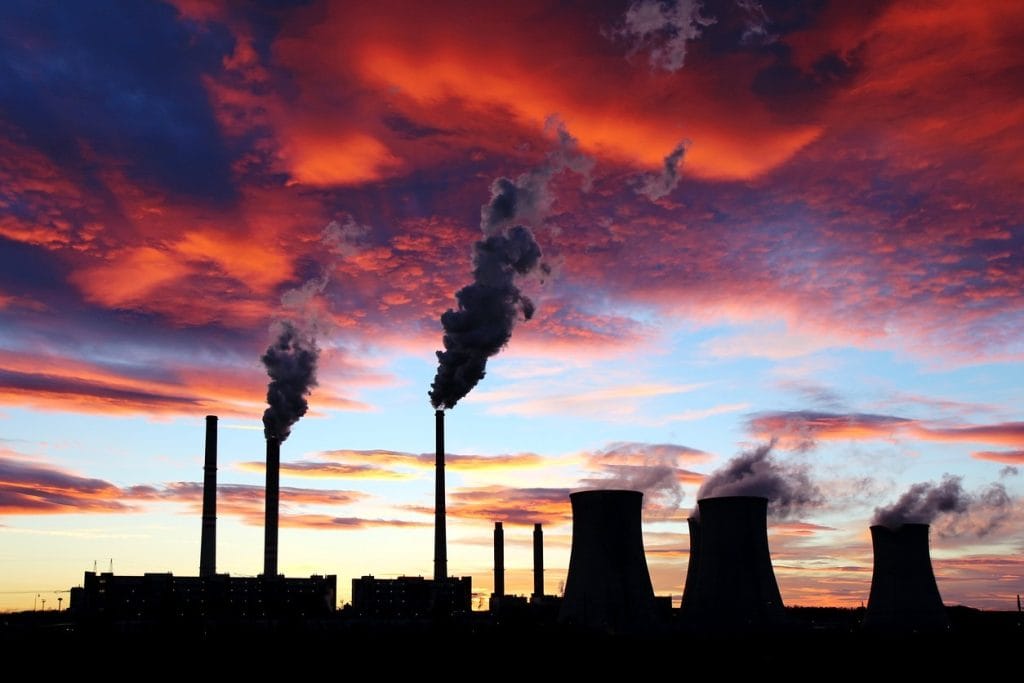
How early are we with carbon trading?
We’re still early, but it’s growing quickly. There has yet to be broad adoption from governments regarding regulated carbon markets outside the EU. Still, we have seen volumes grow rapidly in the voluntary carbon markets. The challenge is that these markets aren’t regulated and not standardised, but that’s changing. Those markets will find their stride with more regulation.
You only have to look at the scale of what needs to happen in the next decades to reach net zero to understand how huge the carbon opportunity is. We’re talking about potentially trillions of dollars of transfer from current emitters to those players who can reduce or capture. The nature of that transfer means that there’s a real incentive to grow carbon markets and trading far beyond current levels.
I don’t believe it’ll be a tidal wave all at once, but that shift will be enormous over the next 20 years.
You will start to see the price of carbon being one of the biggest drivers of prices right across the commodities complex. Take aluminium, for example; it’s very energy-intensive to produce, with high carbon emissions. If that aluminium is produced in a region with a high carbon price, that will increasingly be the determining factor driving the price of aluminium from that region.
We’re already seeing the price of carbon having an impact on power, gas and coal markets, but its influence will soon spread into agricultural and industrial commodities, which means it will bring carbon to the fore, whether that’s in the form of a traded market, a tax or tariffs.
And there will be even more opportunities as we transition away from fossil fuels?
There certainly will be, but the whole process of the clean energy transition has to be viewed over decades rather than months or even years.
If you look at other energy transitions, it took at least 50 years for the world to transition from coal to oil. Now, the global economy is oil-based, and that will take years to change without causing significant damage and disruption. Fossil fuels will remain an essential part of the energy mix for years to ensure an orderly transition to renewables, which might be difficult for some people to hear.
We have seen some success with renewables, lower carbon fuels, and even the start of carbon capture technology. However, we shouldn’t underestimate the challenges and difficulties in decarbonising every part of the economy. Not to mention how you compensate the developing world whilst encouraging them to reduce fossil fuel use.
There are several promising tools to reduce our carbon footprint, whether through alternative technologies, trading, creating offsets or carbon capture. The key is that they all need to play a role, and the only way we get close to net zero is by exploiting all these opportunities in parallel.
The exciting thing is that commodities trading sits at the intersection of all of them.
